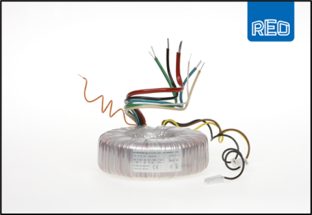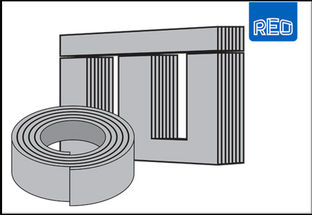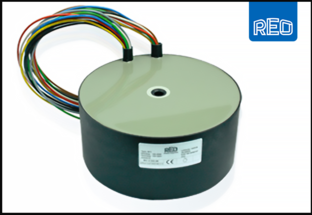Toroidal Transformers for Audio Applications
Low-noise Toroidal transformers
We all know that Audiophiles are some of the most demanding customers there are. In the audio sector, the transformers used in audio amplification equipment must introduce no distortion into the system, and the audible hum of the transformers is reduced to the lowest it can be whilst optimizing size, weight, and use of materials.
In toroidal transformers for audio applications, designing for optimal performance goes beyond the typical considerations of voltage levels, frequency, and insulation design. Other crucial factors like choosing between allocating more copper in a design or utilizing a larger core carry even more weight as they directly impact these transformers’ overall efficiency and effectiveness in delivering exceptional audio quality.
Significant benefits can be achieved by incorporating a higher quantity of copper in the construction of transformers. Not only does this lead to reduced losses, but it also enhances the bandwidth and improves frequency response. These advantages play a crucial role in ensuring optimal performance and efficiency. However, it is essential to note that increasing the copper content may increase the price per piece. The cost factor should be considered when deciding transformer design and production.
Additionally, there might be potential volatility in the price of copper, which needs to be considered during long-term planning. Decreasing the lamination thickness and increasing the core size can significantly enhance a transformer’s efficiency. This combination improves magnetic saturation levels and results in better high-level output performance. These improvements are crucial for meeting demanding performance requirements. These factors all contribute towards achieving outstanding transformer performance.
In engineering and design, it is widely acknowledged that reducing the amount of materials used in various applications is highly desirable, although there is often good and bad even in this sector! This principle holds for most cases as long as the transformer can effectively operate within its intended application. However, we understand that certain factors take precedence over others to achieve optimum performance when it comes to audio applications. Two crucial factors that significantly influence the quality of audio transformers are volts per turn and the physical construction of the core. These aspects directly impact audio equipment’s efficiency, performance, and overall sound reproduction capabilities. Therefore, in this domain, considerations such as size, weight, and price must take a back seat to ensure an unparalleled auditory experience that meets even the most discerning standards.
A good transformer will have implemented a meticulous system where it ideally manufacture its own cores using high-quality strip steel. These cores will undergo a series of carefully executed steps, including winding, welding, and heat treatment, ideally all carried out in the same facility. By controlling the entire core manufacturing process in-house, quality levels can be maintained, this ensures that each transformer produced can withstand the most demanding conditions with unwavering reliability. To further enhance the performance of transformers, they should also be subjected to a vacuum impregnation process. This additional step further reduces audible noise and minimizes any potential electromagnetically induced acoustic noise.
A magnetic field is created when an alternating current (AC) voltage is applied to a toroidal transformer. However, in poorer quality transformers or conventional EI transformers, not all of this magnetic field remains confined within the core as desired; this is known as the stray field; this can cause unwanted effects due to electromagnetic coupling with nearby components and equipment within the same enclosure or vicinity. A well-crafted and carefully constructed toroidal transformer boasts virtually no stray field, reducing concerns about unwanted electromagnetic noise or heating.












